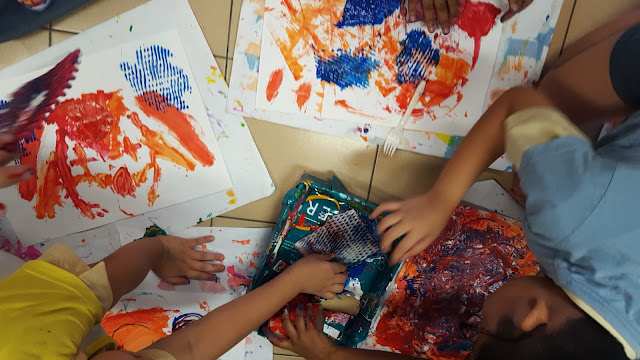Hello friends! I've been involved in the A4G fellowship programme organised by the Singapore International Foundation. The focus this year is on how Arts can be harnessed to empower the youth in our communities. We had a webinar on 31 Oct where the fellows from 10 different time zones participated. The Singapore exchange happened between 20 and 23 Nov and we all met in person. The activities included trips to visit Singapore's Arts and Heritage, Katong and Joo Chiat. I discovered that there is an artist residency at Kim Choo Artiste Residency which I think is quite a brilliant idea! Who would have thought of a Bazhang* business would branch out into an artist residency?

 |
| 📸: SIF |
 |
| Ondeh ondeh 📸: SIF |

 |
| Our Tree of Life assignment. Wonderful interpretation by everyone. 📸: SIF |
 |
| Learning Journey of Esplanade led by Mr Ravi |
 |
| At Playeum 📸: SIF |
 |
| 📸: SIF |
 |
| 📸: SIF |
Although our days ended at 9.30pm almost everyday, the exchange was energising, spirtual and rigorous. In just four short days, I could see and feel the stoic determination of each. Everyone is positive and hopeful. Since the glocal issues are man-made, then only we can derive the solutions. Since nobody knows everything, it is only by learning to work collaboratively, paying attention and being forgiving that people can develop empathy.
*Bazhang is rice dumping.









































